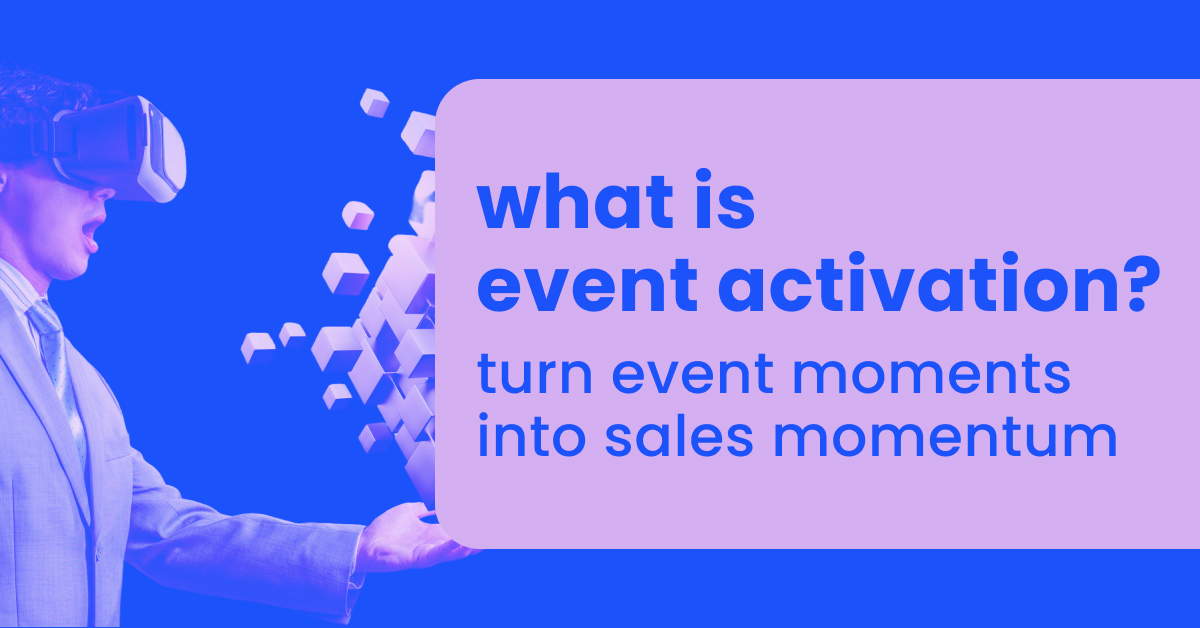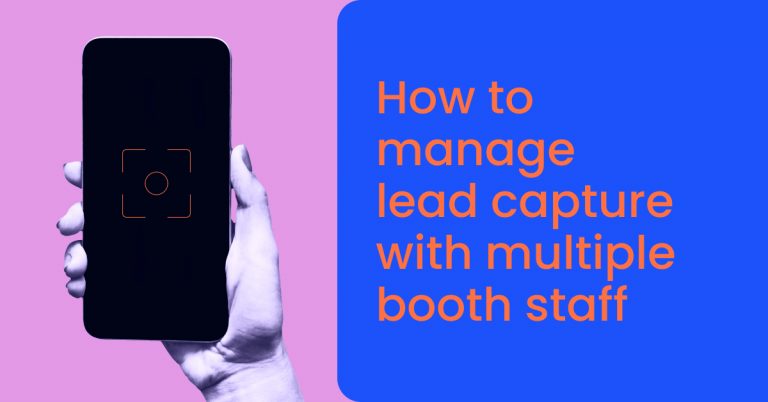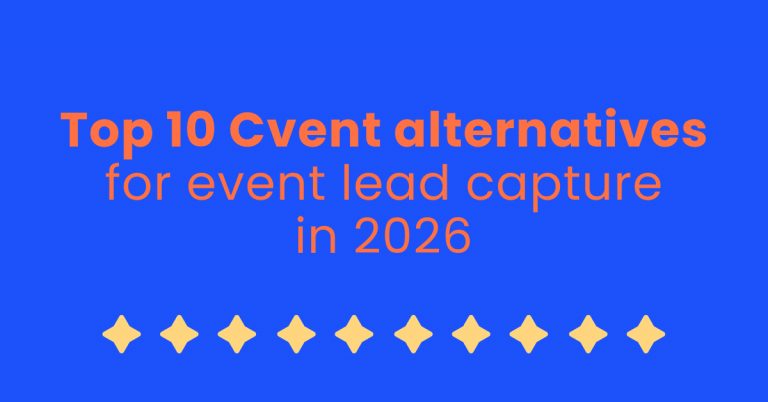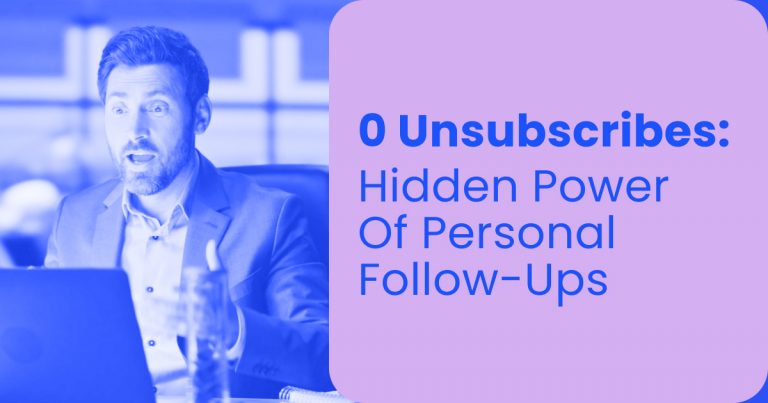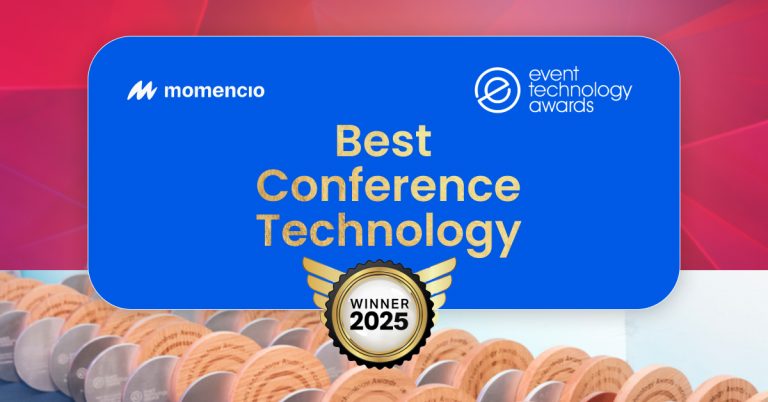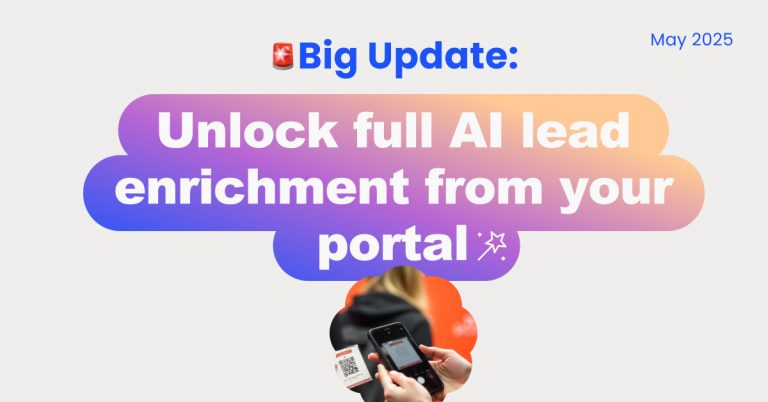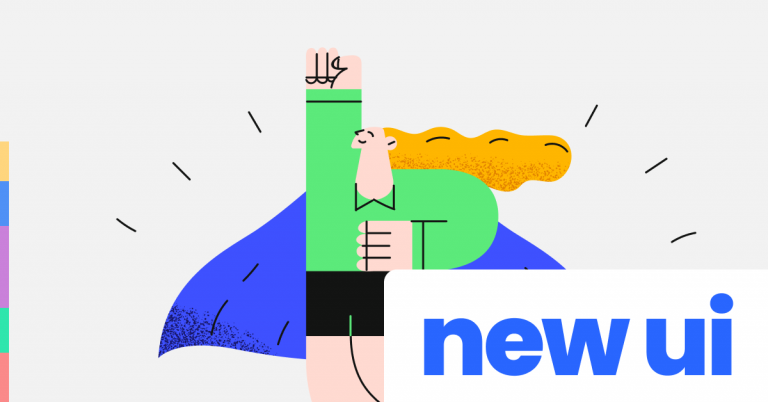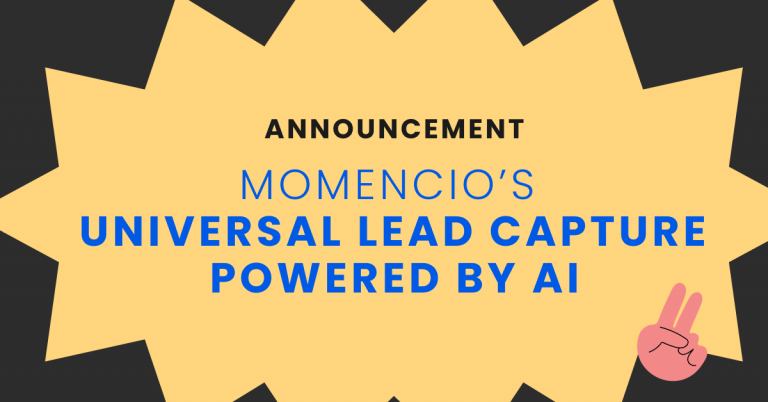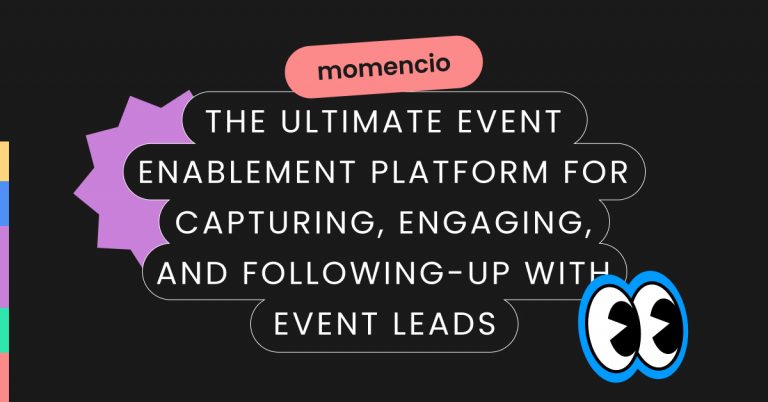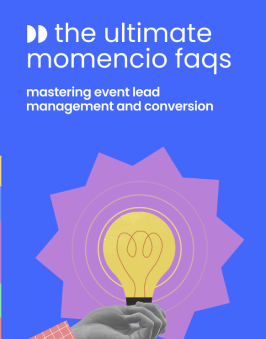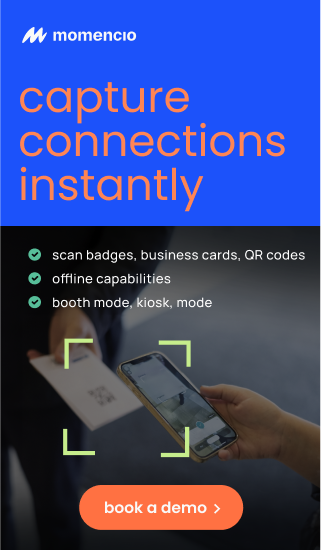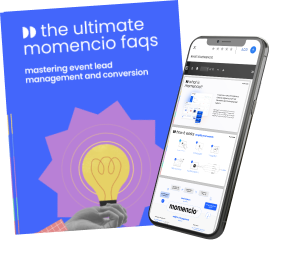Most people think event activation means a gimmick, a photo wall, or a bucket of swag. That is a small and shallow part of the picture. Event activation, done properly, is a planned chain of meaningful actions that turn an event from a date on the calendar into a measurable business outcome. It is not about noise or being memorable for the sake of it. It is about engineering the right prompts, at the right time, in the right order, so your event continues to work for you long after the doors close.
Through this article you will learn what event activation really is, why it matters for sales, how to design one that works in a small booth or a big stage, how to measure it without fluff, and how to scale the wins from one event to the next. Wherever helpful, we will show gentle ways to use momencio so execution is faster and follow up is stronger, while keeping the focus on the reader and the job they must get done at the event.
What event activation really means
Most articles define event activation as an immersive brand experience. That wording sounds grand but it is not practical. A team cannot execute a vibe. In this guide, event activation means any planned moment in or around an event that invites a person to take a clear next step you can track. The step could be booking a demo, saving a personalized microsite, joining a three person briefing, scanning a code to get a working template, or trying a feature with their own data.
Three traits separate a real activation from a gimmick.
#1 It is intentional: You can name the single action you want and the business outcome it supports.
#2 It is easy: A first time attendee should be able to understand and start in under five seconds.
#3 It is measurable: You can see who did it, when it happened, what they chose, and what happened next.
Event activation is narrow and concrete, experiential marketing is a wide campaign across channels, while brand activation is about awareness and interest. Event activation sits inside your event plan and focuses on prompts that change behaviour on the spot and in the days that follow. Keep this definition in front of your team when you plan. It forces useful choices and kills noise early.
Why event activation matters for sales teams
Events without activation produce vanity signals. Big foot traffic. Many selfies. A stack of scans. A week later most of that value has evaporated. Events with activation produce context. You leave with named problems, tested interest, and booked next steps. Sales gets a queue of people who have already engaged with your product or with your point of view. That makes conversations faster and warmer.
Four ways activation moves revenue. First, it compresses discovery. When people try a tiny slice of your product or method at the booth, discovery happens in minutes, not weeks. Second, it captures intent while attention is high. Small wins in the moment turn into booked sessions without long email threads. Third, it improves match quality. Because your prompts are specific, they attract the right people and filter out the wrong ones. Fourth, it creates proof you can reuse in follow up. The notes you capture at the booth become the spine of your follow up. The artefacts you create become the reason to reconnect. 47% of event marketers say in‑person events deliver the highest return on investment.
A short field example makes this clear. A rep runs a five minute fix on a live slide. The visitor approves the change and asks for the checklist. The rep drops the improved slide and the checklist into a personalized microsite and sends the link. Two days later, the visitor returns to the microsite, opens two more assets, and books a working session from the same page. None of this required long emails. The activation turned interest into action and left a trail of data the team can use.
momencio fits into this picture as plumbing, not as the star of the show. Reps can spin up a personalized microsite during the interaction, drop the exact assets that match the conversation, and see engagement in real time. After the show, the same link updates with new resources, so you do not need to resend anything. Sales gets nudges based on behaviour and a clean handoff to the CRM. The point is simple. Technology should remove friction so humans can focus on the conversation.
Building blocks of effective event activation
A solid activation has five pillars. You can run them with a tiny team and still feel organized.
Set clear goals and audience
Pick one primary outcome for the event. Examples. Fifty qualified meetings in fourteen days. One hundred trials started by people in your ICP. Ten pilot commitments from target accounts. Add at most two supporting outcomes. Then describe your audience by title, pain, and urgency. Write one short sentence that links the audience to the outcome. If that sentence feels fuzzy, stop and refine.
Design a useful on site experience
Memorable does not require spectacle. It requires relevance and clarity. Offer a fix station that solves a common problem in minutes. Offer a first step studio that gives the visitor a starter kit they can use tomorrow. Or offer a guided loop that shows three specific jobs to be done end to end. Keep waits short. Make the value obvious at a glance.
Use simple technology to lower friction
QR codes should land on a tailored page, not a generic homepage. A short form should be pre filled where possible. A small screen at the station should show two or three steps so people always know where they are. With momencio, a rep can send a personalized microsite on the spot, add assets with one tap, and see which sections the visitor opens later. That insight turns a cold follow up into a precise next step.
Tell a clear story and invite participation
Share a tight story that ties your product to one job your audience cares about. Then flip the script. Ask the visitor to show their version of the problem or to make one choice that steers the demo. When people participate, they remember the moment and the people who guided it.
Capture data and follow-up fast
Do not leave with a pile of raw scans. Leave with actions and context. Log the station, the rep, the issue, the asset sent, and the chosen next step. Give ownership for hot leads before the day ends. Send a helpful follow-up within forty-eight hours. Update each person’s microsite with one or two new resources so the link stays alive and relevant.
Blueprints you can copy and adapt
Here are six formats that teams can run in small spaces. Each one is specific, useful, and easy to measure.
The five-minute fix
Goal: Turn a common pain into a live win and earn a booked session.
Hook: Bring a messy slide, email, or query. Leave with a clean version and a one-page checklist.
Flow: The visitor scans a code and chooses a problem from a menu. The guide performs a two-step fix and explains the change in the simplest terms. The scribe names the problem, tags the role, and sends the artefact to a personalized microsite. The station resets in thirty seconds so the line keeps moving.
Follow up: Send the improved asset and the checklist the same day. Offer a thirty-minute working session for anyone who wants to apply the fix with their team.
The product in the wild loop
Goal: Help people see your product do the jobs they already do.
Hook: A short loop with three stops, each tied to a job to be done.
Flow: At each stop the guide shows one task end to end, lets the visitor try one click, and stamps a card. Three stamps unlock a practical takeaway.
Follow up: Send a recap with links to the three tasks and short clips. Invite the visitor to save the loop inside their microsite so they can share it with teammates.
The decision table
Goal: Help buying groups align quickly.
Hook: A table with cards labeled risk, effort, value, and proof.
Flow: The group sorts cards while a facilitator captures trade offs on a one page map. The session ends with two clear options.
Follow up: Send the decision map and a suggested pilot plan with dates, roles, and the smallest possible success criteria.
The proof counter
Goal: Replace big claims with small proofs.
Hook: Show up with data, not adjectives.
Flow: The analyst takes a neutral sample or the visitor’s sample and shows the smallest demonstration that the claim holds. The rep explains what the proof does and what it does not do.
Follow up: Send the proof with a note on limits. Offer a private benchmark that uses the account’s own environment.
The partner desk
Goal: Engage buyers who care about integrations and workflows.
Hook: A concierge maps the stack and shows two fastest ways to connect.
Flow: The desk session ends with a one-page integration plan with exact steps and owners.
Follow up: Send the plan and an invite to a build session with the right partner in the room. With momencio, the plan lives on the same microsite so updates are easy and visible.
The first step studio
Goal: Convert interest into a first owned action.
Hook: Walk away with a working starter kit.
Flow: The visitor answers three questions and picks a starter kit. The guide opens a setup page, shows the first action, and hands the rest over.
Follow up: Two days later send a nudge, a tip, and a tiny win to build momentum. If your product has templates, drop two more that match the person’s role and industry.
How to measure event activation success
Pick metrics that match your single primary outcome. Then add two supporting signals to round the picture. Track them daily during the show. Review them in a short huddle. Make small adjustments while you still can.
If the outcome is booked meetings with the right people
Measure meetings booked within fourteen days. Measure the match rate against your ICP by role and company. Measure median time from interaction to meeting scheduled. Add a quality check. Look at notes from the scribe to see which prompts produced the most serious meetings.
If the outcome is trials that convert to paid
Measure trials started by activation visitors within thirty days. Measure the rate of people who complete the key first action for your product. Measure the number of repeated key actions per trial. Measure conversion to paid within sixty days. Add a health check. Look for the smallest changes that raise the first action rate by five points.
If the outcome is pipeline quality
Measure opportunities created with an activation touch. Measure win rate for those opportunities versus your baseline. Measure days between stages. Add a breadth check. Count the number of stakeholders added after the activation and the spread across roles.
If the outcome is content and community growth
Measure opt ins tied to the activation resource. Measure views and saves of assets that came out of the station. Measure search impressions for the topic you anchored the activation on. Add a signal check. See which assets hold attention and which ones fail.
Build a small scorecard. One row per signal. Columns for target, actual, and insight. Keep the scorecard visible to marketing, sales, and leadership. Results gain power when everyone sees the same picture and the same story. With momencio, tags and timelines help you attribute actions to the exact station and asset, which makes conversations about ROI simple and specific.
Common pitfalls and how to avoid them
- Chasing novelty: New is fun but not always useful. If a concept does not serve the outcome or the audience, drop it no matter how clever it looks. A small useful idea beats a big useless prop.
- Designing without sales: Sales knows which conversations lead to revenue. Involve them early. Ask them to help name the prompts, the two next step options, and the fields you must capture to make follow up real.
- Collecting data you will not use: Every field in a form should have a job in follow up. If you cannot name the job, remove the field. Train the team to log context, not just names.
- Slow follow up: Interest fades fast after a busy event. Pre build your emails, your calendar links, and your handoff steps. Assign owners for hot leads at the end of each day.
- Overcomplication: A good activation runs well in a tiny space with a small crew. If it needs a stage show to work, it will probably stall. Fewer steps. Fewer words. Clearer choices.
Scaling and evolving activations
Treat every activation as a test you plan to improve
After the event, run a one hour review with marketing and sales. Ask four questions. What worked best and why. What slowed people down and how can we remove that friction. What should we try next time. What should we retire. Use those answers to update a living playbook.
Build an activation kit so you can deploy fast
The kit contains the short scripts, the signage, the one page handouts, the QR codes, and the setup checklist. It also contains a few small props that make the station feel inviting and human. Keep the kit in a single box. Label every cable. Print backups. Simplicity is a competitive advantage when the floor is chaotic.
Create a library of reusable assets
Save the best fixes, maps, proofs, and starter kits to a folder that any rep can access. With momencio, save them into a shared asset library and then add them to a person’s microsite in seconds. Over time you will see which assets travel the farthest. Use that signal to guide new content and new stations.
Finally, aim for compounding value
One moment at the booth should become three moments later. A fix becomes a guide. A decision map becomes a webinar. A proof becomes a case study. The more you reuse and extend, the more your events pay you back.
See how leveraging momencio’s powerful interactive capabilities, Ashland transformed their event presence to create a truly engaging and memorable booth experience.
Conclusion
Event activation is not about noise. It is about useful moments that invite clear actions. When you design those moments with care, remove friction with simple technology, and keep your promises after the show, your event stops being a cost and starts acting like a growth engine. The steps in this guide are plain and repeatable. Start small, measure honestly, update your kit, and let simple wins compound. With that approach, your events will feed your pipeline with less guesswork and more confidence.
